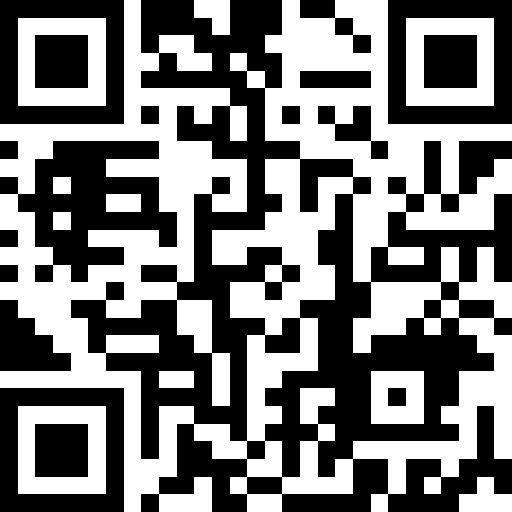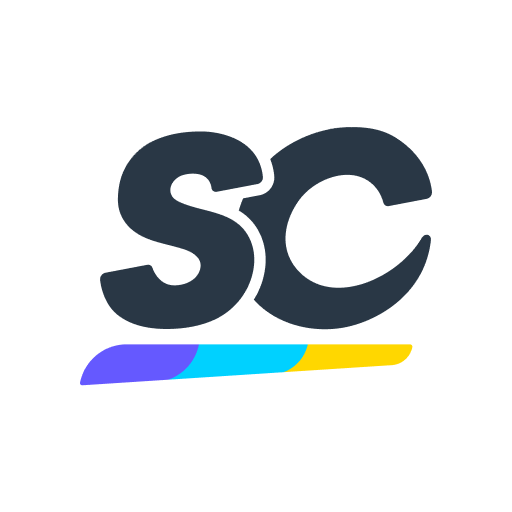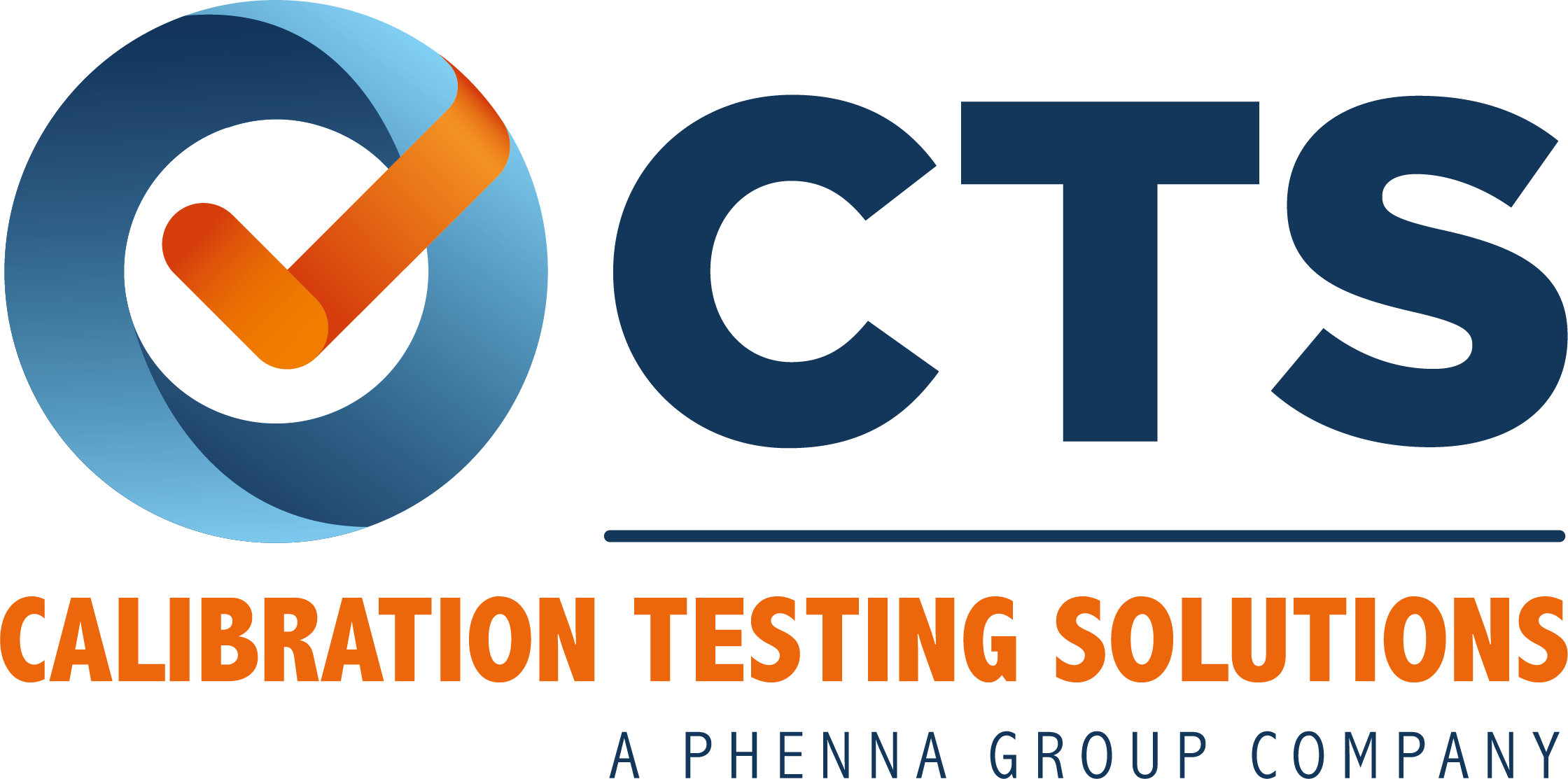Title Page
-
Laboratory/Site
-
Conducted on
-
Prepared by
-
Location
Internal Assessment
7. Process Requirements
7.1 Review of Requests, Tenders, and Contracts
-
7.1.1 Procedure<br>Shall ensure<br>a) requirements are defined, documented and understood<br>b) laboratory has the capability and resources to meet the requirements<br>c) where external providers are used, the customer is advised and approves;<br>d) appropriate methods or procedures are selected
-
7.1.2 Inappropriate method requested<br>• customer is informed, including if method is out-of-date
-
7.1.3 Statement of conformity requested<br>• specification or standard and the decision rule are clearly defined<br>• unless inherent in the specification or standard, the decision rule is agreed with the customer
-
7.1.4 Differences between requests and contract<br>• are resolved prior to laboratory activities commencing<br>• contract to be acceptable to both the laboratory and customer<br>• deviations requested do not impact on the laboratory’s integrity or the validity of results
-
7.1.5 Deviations from the contract<br>• customer is informed
-
7.1.6 Amendments to contracts<br>• contract review is repeated after work commences and amendments communicated to all affected personnel
-
7.1.7 Cooperation with customers<br>• laboratory to clarify requests and to allow the customer to monitor its performance
-
7.1.8 Records of reviews<br>• are retained, including changes to contracts and discussions had with the customer
7.2 Selection, Verification, and Validation of Methods
7.2.1 Selection and Verification of Methods
-
7.2.1.1 Methods and procedures<br>• to be appropriate for all laboratory activities, including where necessary, for evaluation of measurement uncertainty and statistical techniques for data analysis
-
7.2.1.2 Currency of methods and procedures<br>• to be kept up-to-date and made available to personnel
-
7.2.1.3 Method version<br>• latest valid versions to be used unless it is not appropriate or possible<br>• where necessary, supplemented with additional details for consistent application
-
7.2.1.4 Method selection<br>• the laboratory to select an appropriate method and inform the customer when the customer has not specified the method
-
7.2.1.5 Method verification<br>• before introducing methods, the laboratory must verify that it can achieve the required performance<br>• records of verification must be kept<br>• verification to be repeated when changes to the methods are made by the issuing body/ies
-
7.2.1.6 Method development<br>• as proceeds, periodic review to occur to confirm the needs of the customer are still satisfied<br>• changes to the development plan to be approved and authorized
-
7.2.1.7 Deviations from methods<br>• shall only occur if the deviation is technically justified, documented, authorized and accepted by the customer
7.2.2 Validation of Methods
-
7.2.2.1 Validation<br>• non-standard methods, laboratory-developed methods and standard methods used outside their scope or modified shall be validated
-
7.2.2.2 Changes made to validated method<br>• the influence of such changes shall be determined and if they affect the original validation, then the method must be revalidated
-
7.2.2.3 Method performance characteristics<br>• satisfy the customers' needs and specified requirements
-
7.2.2.4 Validation records<br>a) the validation procedure used<br>b) specification of the requirements<br>c) performance characteristics of the method d) results obtained<br>e) a statement on the validity of the method, detailing its fitness for the intended use
7.3 Sampling
-
7.3.1 Sampling plan and method<br>• method addresses factors to be controlled to ensure validity of subsequent testing or calibration<br>• plan and method available at sampling site<br>• sampling plans based on statistical methods whenever reasonable
-
7.3.2 Method<br>• describes<br>a) selection of samples or sites<br>b) sampling plan<br>c) preparation and treatment of samples from a substance, material or product
-
7.3.3 Records of sampling data<br>• include<br>a) reference to the sampling method<br>b) date and time of sampling<br>c) data to identify and describe the sample<br>d) identification of the personnel<br>e) identification of the equipment used<br>f) environmental or transport conditions<br>g) diagrams or other means to identify the sampling location when appropriate<br>h) deviations, additions or exclusions from the method or sampling plan
7.4 Handling of Test or Calibration Items
-
7.4.1 Procedure<br>• ensures the protection of integrity of the item and the interests of the laboratory and customer and covers<br>- transportation<br>- receipt<br>- handling<br>- protection<br>- storage<br>- retention and/or disposal<br>• precautions taken to avoid deterioration, contamination, loss or damage<br>• handling instructions provided with the item to be followed
-
7.4.2 Identification<br>• system is in place for the unambiguous identification of items, including, if relevant, the subdivision and transfer of items
-
7.4.3 Item deviations<br>• upon receipt, deviations from specified conditions are recorded<br>• if there is doubt about suitability of item, or<br>it does not conform to description provided, ensure that the customer is consulted and that the instructions are recorded<br>• when deviation is acknowledged and customer instructs to proceed with testing or calibration, the laboratory is to include a disclaimer in the report indicating that the results may be affected
-
7.4.4 Storage conditions<br>• to be maintained, monitored and recorded
7.5 Technical Records
-
7.5.1 Records<br>• for each laboratory activity include<br>- results<br>- report<br>- factors affecting the results and its measurement uncertainty<br>- date<br>- identify of personnel conducting the laboratory activity and checking data and results<br>• allow repetition of the laboratory activity<br>• original observations, data and calculations to be recorded at the time they made and be identifiable with the specific task
-
7.5.2 Amendments<br>• can be traced to original observations or previous version of records<br>• original and amended data<br>- to be retained<br>- include the date<br>- an indication of the altered aspects<br>- the personnel responsible
7.6 Evaluation of Measurement Uncertainty (MU)
-
7.6.1 Contributions of MU<br>• shall be identified<br>• significant contributions taken into account when evaluating MU, including those from sampling
-
7.6.2 Calibration<br>• MU for all calibrations performed shall be evaluated
-
7.6.3 Testing<br>• where the test method precludes rigorous evaluation, an estimation shall be made based on an understanding of the theoretical principles or practical experience of the performance of the method
7.7 Ensuring Validity of Results
-
7.7.1 Procedure<br>• for monitoring validity of results is in place<br>• data from monitoring activities are recorded in a manner which allows the detection of trends with statistical methods applied, where possible, for review of the results<br>• monitoring is to be planned and reviewed and include, where appropriate<br>a) use of reference materials or quality control materials<br>b) use of alternative calibrated instrumentation providing traceable results<br>c) functional checks of measuring and testing equipment;<br>d) use of check or working standards with control charts<br>e) intermediate checks on measuring equipment<br>f) replicate tests or calibrations<br>g) retesting or recalibration of retained items<br>h) correlation of results for different characteristics of an item<br>i) review of reported results<br>j) intra-laboratory comparisons<br>k) testing of blind sample(s)
-
7.7.2 Comparison of results with other laboratories<br>• shall be used to monitor the laboratory’s performance<br>• monitoring shall be planned and reviewed and include participation in either or both<br>a) proficiency testing<br>b) inter-laboratory comparisons
-
7.7.3 Analysis of monitoring data<br>• used to control and improve, where applicable, laboratory activities<br>• appropriate action is taken to prevent incorrect results from being reported when monitoring data is found to be outside of pre-defined criteria
7.8 Reporting of Results
7.8.1 General
-
7.8.1.1 Review and authorization of results<br>• shall occur prior to release
-
7.8.1.2 Reports<br>• results are provided accurately, clearly, unambiguously and objectively<br>• include all the information agreed with the customer and necessary for the interpretation of the results<br>• issued reports are retained as technical records
-
7.8.1.3 Simplified reports<br>• when agreed with the customer<br>• all information not reported to customer and covered by 7.8.2 to 7.8.7 must be readily available
7.8.2 Common Requirements for Reports (Test, Calibration or Sampling)
-
7.8.2.1 Report content<br>a) title<br>b) name and address of the laboratory<br>c) location where the laboratory activities were performed<br>d) unique identification that all components are recognised as a portion of a complete report and a clear identification of the end<br>e) name and contact information of the customer<br>f) method used<br>g) a description, unambiguous identification, and if necessary, the condition of the item<br>h) date of receipt of the item or date of sampling of the item where critical to the validity and application of the results<br>i) date(s) of the performance of the laboratory activity<br>j) date of the issue of the report<br>k) reference to the sampling plan and sampling method if relevant to the validity and application of the results<br>l) statement to the effect that results only relate to the item tested, calibrated or sampled<br>m) the results with the units of measurement, where appropriate<br>n) additions, deviations or exclusions from the method<br>o) identification of the person authorising the report<br>p) clear identification when the results are from external providers
-
7.8.2.2 Laboratory responsibility<br>• for all information provided in the report except when provided by the customer<br>- customer information to be clearly identified and a disclaimer included when information supplied can affect the<br>validity of results<br>• when customer is responsible for sampling, the report is to state that the results apply to the sample as received (also refer to 7.4.3)
7.8.3 Specific Requirements for Test Reports
-
7.8.3.1 Additional information<br>• for the interpretation of the test results, in addition to 7.8.2, reports to include where necessary<br>a) information on specific test conditions, such as environmental conditions<br>b) where relevant, a statement of conformity with requirements or specifications<br>c) where applicable, the MU in the same units as the measurand or in a term relative to the measurand when<br>- relevant to the validity or application of the results<br>- customer’s instruction<br>- MU affects conformity to a specification limit<br>d) where appropriate, opinions and interpretations;<br>e) additional information which may be required by specific methods, authorities, customers or groups of customers
-
7.8.3.2 Sampling<br>• when the laboratory is responsible for sampling, test reports shall meet the requirements of 7.8.5 where necessary
7.8.4 Specific Requirements for Calibration Certificates
-
7.8.4.1 Additional information<br>• in addition to 7.8.2, calibration certificates to include<br>a) the MU of the measurement result presented in the same unit as that of the measurand or in a term relative to the measurand<br>b) the conditions under which the calibrations were made that have an influence on the measurement results<br>c) a statement to indicate how the measurements are metrologically traceable<br>d) results before and after any adjustments or repair<br>e) where relevant, a statement of conformity with requirements or specifications<br>f) where appropriate, opinions and interpretation
-
7.8.4.2 Sampling<br>• when the laboratory is responsible for sampling, calibration certificates shall meet the requirements of 7.8.5 where necessary
-
7.8.4.3 Calibration certificates or labels<br>• shall not include any recommendation on calibration intervals, unless agreed with the customer
7.8.5 Reporting Sampling - Specific Requirements
-
7.8.5 Additional information<br>• when the laboratory is responsible for the sampling, in addition to 7.8.2, reports to include<br>a) date of sampling<br>b) unique identification of the item or material sampled<br>c) location of sampling, including any diagrams, sketches or photographs<br>d) reference to the sampling plan and sampling method<br>e) details of any environmental conditions that affect the interpretation of the results<br>f) information required to evaluate MU for subsequent testing or calibration
7.8.6 Reporting Statements of Conformity
-
7.8.6.1 Decision rule<br>• to be documented and applied, taking into account the associated risk, when a statement of conformity is provided to a customer
-
7.8.6.2 Statement of conformity<br>• includes<br>a) which results the statement of conformity applies to<br>b) which specifications, standards or parts thereof are met or not met<br>c) the decision rule applied (unless it is inherent in the requested specification or standard)
7.8.7 Reporting Opinions and Interpretations
-
7.8.7.1 Authorized personnel<br>• opinions and interpretations are only made by authorized personnel and the basis upon which they have been made shall be documented
-
7.8.7.2 Based on results<br>• opinions and interpretations are based on the results obtained and clearly identified as such in reports
-
7.8.7.3 Direct verbal communication<br>• when opinions and interpretations are verbally communicated to the client, a record is retained
7.8.8 Amendments to Reports
-
7.8.8.1 Amendments to reports<br>• are clearly identified
-
7.8.8.2 Amendments to reports<br>• where appropriate, the reason for the change is included in the report
-
7.8.8.3 Amendments to reports<br>• a further report is issued and referenced as amended, is uniquely identified and makes reference to the original report it replaces
7.9 Complaints
-
7.9.1 Documented process<br>• is available for receiving, evaluating and making decisions on complaints
-
7.9.2 Availability of documented process and responsibility<br>• is available to any interested party<br>• when a complaint is received, the laboratory is to confirm whether it relates to laboratory activities it is responsible for and action it<br>• laboratory is responsible for all decisions relating to complaints handling
-
7.9.3 Content of complaints process<br>a) a description of the process for receiving, validating, investigating and deciding what actions are to be taken in response to it<br>b) tracking and recording complaints, including actions taken<br>c) ensuring that any appropriate action is taken
-
7.9.4 Gathering and verifying information<br>• the laboratory is responsible in order to validate the complaint
-
7.9.5 Acknowledging receipt<br>• whenever possible, the laboratory does this and provides the complainant with progress reports and the outcome
-
7.9.6 Communication of outcomes<br>• to be made by, or reviewed and approved by, an individual(s) not involved in the original laboratory activities in question.
-
7.9.7 Formal notice of end of complaint<br>• whenever possible, the laboratory to advise the complainant
7.10 Nonconforming Work
-
7.10.1 Procedure<br>• is available and implemented when any aspect of the laboratories activities does not conform to its own procedures or the agreed requirements of the customer<br>a) defines the responsibilities and authorizations for the management of non-conforming work<br>b) actions are based upon the risk levels established by the laboratory<br>c) an evaluation is made of the significance of the non-conforming work, including an impact analysis on previous results<br>d) a decision is taken on the acceptability of the non-conforming work<br>e) where necessary, the client is notified and work is recalled<br>f) defines the responsibility for authorizing the resumption of work
-
7.10.2 Records<br>• are retained of non-conforming work and the actions taken
-
7.10.3 Implementation of corrective action<br>• shall be taken when the non-conforming work could recur, or there is doubt with the laboratory’s operations with its own management system
7.11 Control Of Data and Information Management
-
7.11.1 Access to data and information<br>• data and information needed to perform laboratory activities is available
-
7.11.2 Laboratory information management system<br>• the system for collecting, processing, recording, reporting, storing and retrieving data is validated, including interfacing with other laboratory systems before being used<br>• changes to the system are authorized, documented and validated before used
-
7.11.3 Protection, safeguard and maintenance<br>• the information system<br>a) is protected from unauthorized access <br>b) is safeguarded against tampering and loss<br>c) is operated in an environment that complies with supplier or laboratory specifications or, for non-computerised systems, provides conditions which safeguard the accuracy of manual recording and transcription<br>d) is maintained in a manner which ensures the integrity of the data and information<br>e) includes the recording of system failures and the appropriate immediate and corrective actions
-
7.11.4 Off-site systems<br>• laboratory ensures that the provider or operator complies with all applicable requirements of the Standard
-
7.11.5 Instructions, manuals and reference data<br>• are readily available to personnel
-
7.11.6 Calculations and data transfers<br>• are checked in an appropriate and systematic manner
Completion
-
Comments/Recommendations
-
Conducted by: Name and Signature












